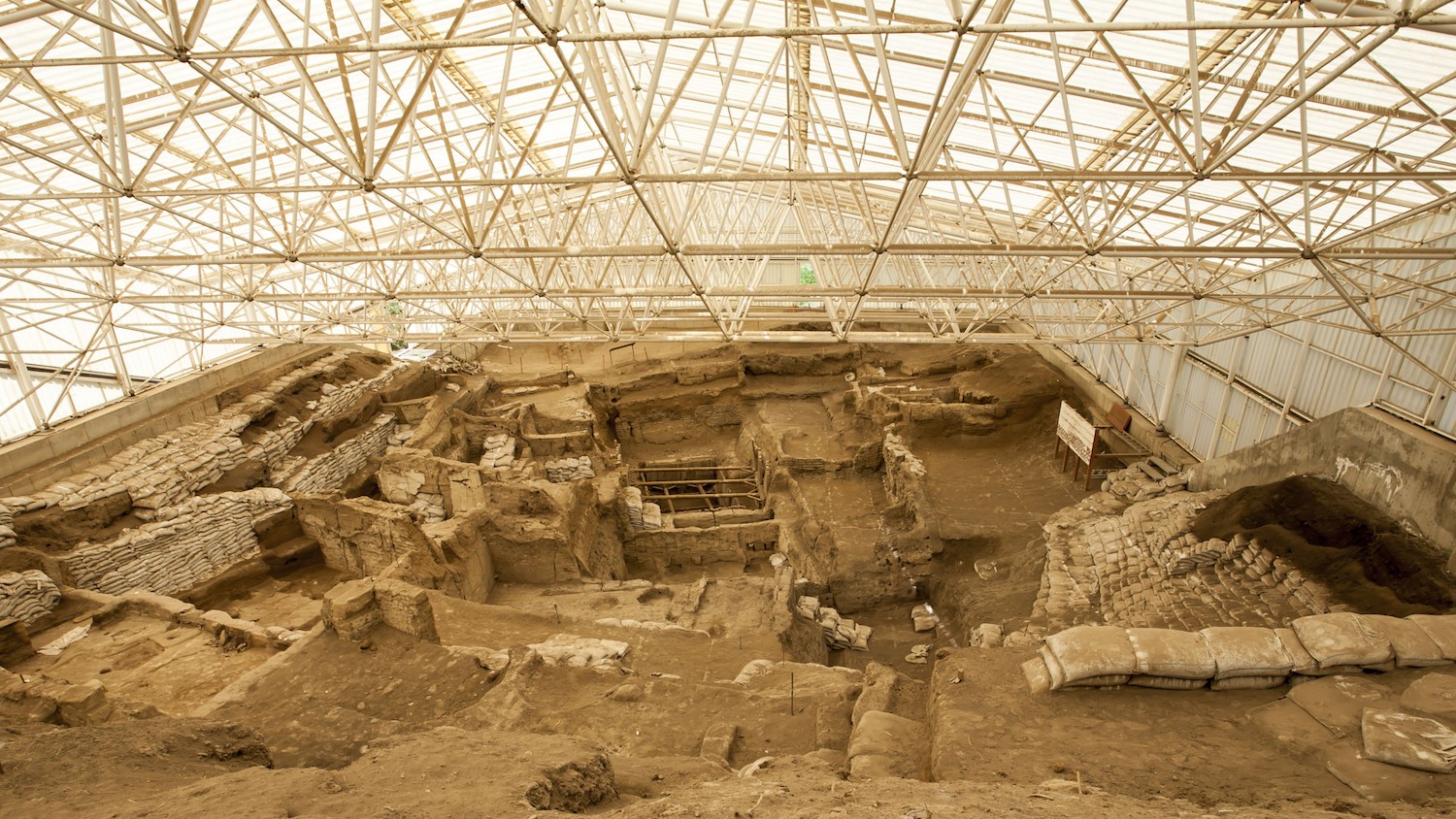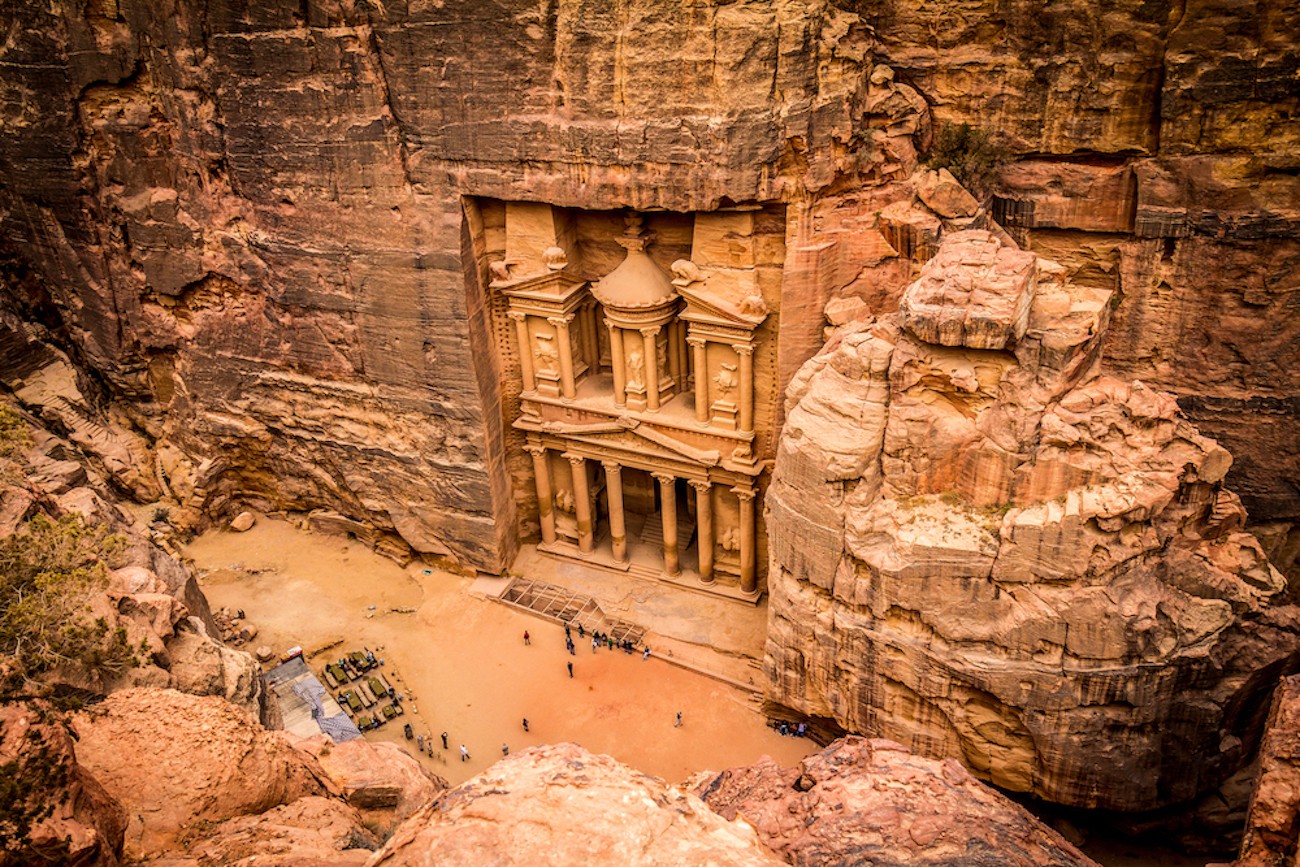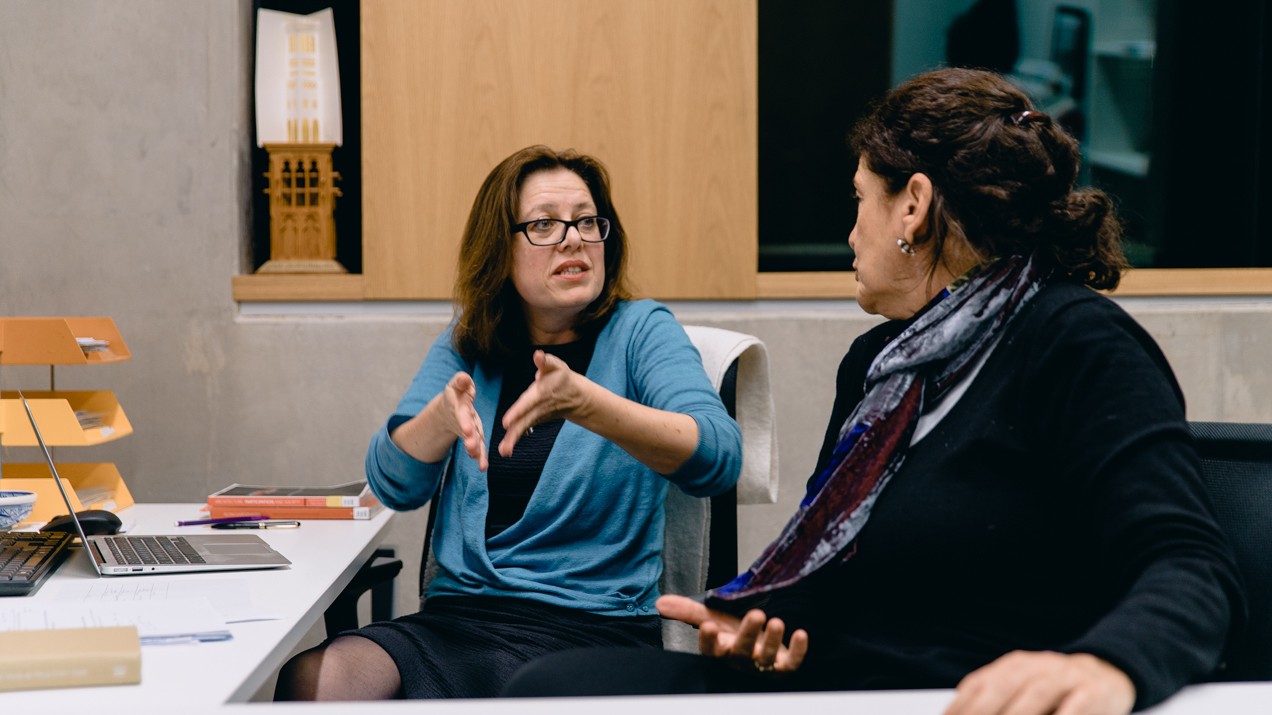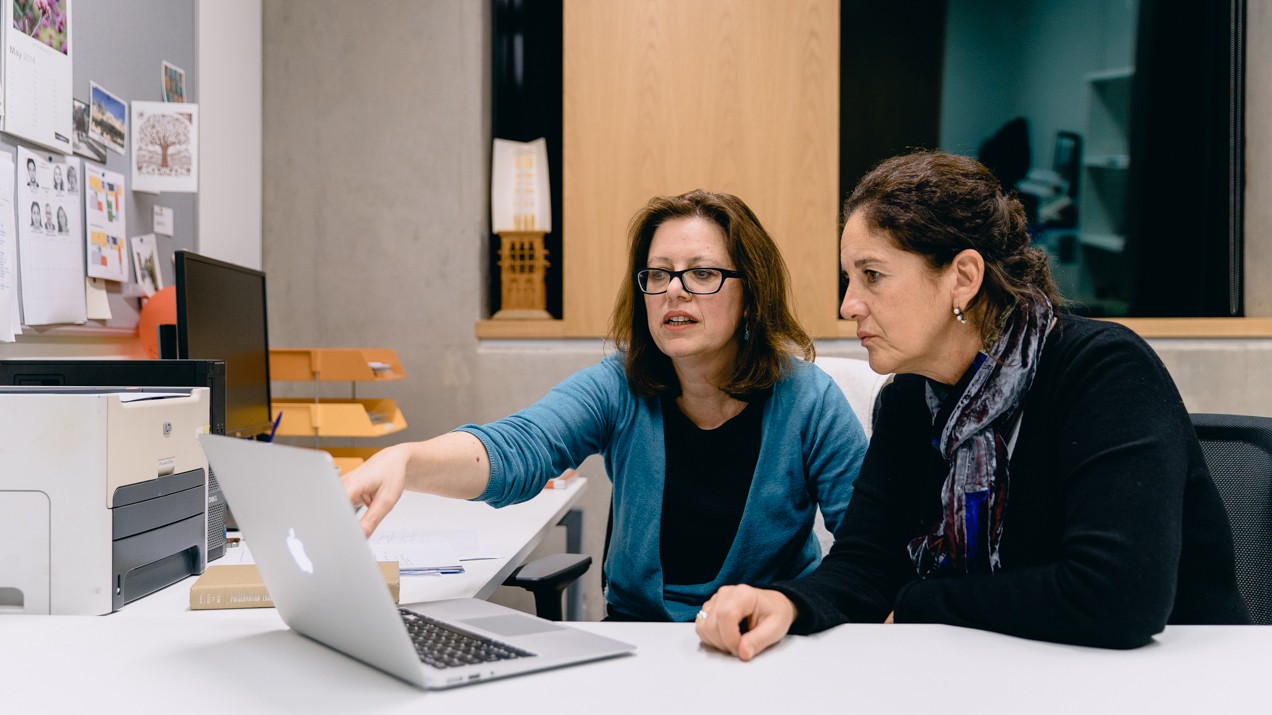There is a burning issue whose repercussions are felt more and more across the world: the climate crisis. Cultural heritage sites are vulnerable to climate-related disasters and abrupt natural risks. One recent example was the floods that hit the ancient city of Petra in Jordan in November 2018 due to heavy rainfall. Thousands of tourists were caught amidst flood waters that suddenly filled into the area, and subsequently had to be evacuated. What happened in Petra was also an indication of how comprehensive site management can help prepare against such risks.
SARAT Project Coordinator Dr. Gül Pulhan interviewed Dr. Aylin Orbaşlı, one of Turkey's foremost experts in site management, who worked in sites such as Çatalhöyük, Ani and Petra, and is currently a faculty member at Oxford Brooks University.
Gül Pulhan: We are together with Aylin Orbaşlı, a faculty member at Oxford Brooks University, Faculty of Architecture in Oxford. Aylin Orbaşlı, you are already well known by many in Turkey, but could you introduce yourself for those who may not know you?
Aylin Orbaşlı: Hi, I am an architect. I specialise in renovation, protection of the historical landscape, and restoration of historical buildings. I work on the protection and management of sites, especially larger ones. My research focuses mainly on site management, especially the effective management of archaeological sites. In other words, I study how to manage sites in the most effective way through a multi-faceted, multi-actor, and multi-stakeholder perspective. I have also drafted site management plans for many locations in Turkey and the Middle East. I worked on safeguarding world heritage sites and continue to do so. We also collaborate with site managers. After all, they are the ones who will manage the site. I go in as a consultant, but they're the ones who will run the place thereafter. We try to acquaint them with new methods of thinking, management and administration.
Gül Pulhan: We know that you have drafted plans for many archaeological sites in Turkey and across the Middle East. Could you give us some examples from your site management plans in Turkey and the Middle East?

Aylin Orbaşlı: We started site management almost 20 years ago in Çatalhöyük in Turkey. And this was maybe one of the first site management plans for an archaeological site in Turkey. This management plan played an important role in helping Çatalhöyük enter the World Heritage List. We then collaborated with a team from the Ministry in Ani. We likewise prepared a site management plan for Ani, placing it on track for the World Heritage List.
There are so many actors who must come to the table in risk management!
Gül Pulhan: Now I want to shift the focus on the Middle East and Jordan's Petra. We know that you were a consultant for UNESCO in the site management of Petra. In early November 2018, a major flood hit Petra. And in a place like Jordan, which we associate with high temperatures and even drought, we saw how the flood disaster threatened the archaeological site, visitors and local inhabitants. Are measures against climate disasters and management of such risks part of site management today? Were there any measures against this possibility in Petra?

Aylin Orbaşlı: Naturally, because risk management is an integral part of site management. There are many risks that we may or may not be aware of. The climate is one of them. Sudden floods may appear in desert areas. Although Petra is thought to be in wilderness, in actual fact there is intense urbanization around it. Asphalt roads, buildings, and replacement of soil with concrete can cause water to pour into the site much faster. Because, the site is situated within a depression area. Petra is a good example of how important strategy is, because risk management cannot be performed only within the boundaries of the site: Risk management must be linked with many factors outside the site. That's why it is a part of urban plans and regional plans. In fact, regions outside Petra where the flooding originates, as well as rivers and rain are part of risk management. Because, that rain did not fall on Petra, but rainfall elsewhere resulted in flooding in Petra. It can lead to serious drawbacks. For this reason, there are so many actors who must come to the table in risk management! Administrators of neighbouring regions, NGOs, police, gendarmerie: All of these actors need to be involved in case of disaster, and so they should also take part in site management to reduce risk.
Gül Pulhan: Every day we hear about problems associated with climate risks in various locations. Are natural risks seen as an essential element of site management across the world?
 Aylin Orbaşlı - Gül Pulhan
Aylin Orbaşlı - Gül Pulhan
Aylin Orbaşlı: Of course, natural risks are crucial. It is very important for us to know both the rise in risks and the nature of the risks associated with climate change. I mean, how will we deal with them, what should we expect? Even in the UK we don't know too well if it will rain too much or if a drought will hit. In the face of this, we may need to take very special measures to protect the historical landscape. How can we brace ourselves for this? For example, vegetation is very important in stopping floods. But if climate is changing, then we should carefully consider which vegetation to plant. Therefore, many disciplines must join forces in order to understand the risks and prevent them.
It is very important for everyone to work in the same team
Gül Pulhan: You said that many different actors and groups took part in the site management of an archaeological area like Petra, which is very complex, rich and spread across a vast area. Isn't it hard to gather all these different actors together? How can one ensure their collaboration?
Aylin Orbaşlı: It is absolutely a challenge. Archaeologists, art historians, Ministry of Culture officers generally do not frequently collaborate with the police or civil defence. They normally don't have much to do with those teams. However, during this type of risk planning, the urban planner must be present, as well as hospitals, ambulance, civil defence and police: All these teams must collaborate. At the same time, we try to explain these teams the importance of historical sites. They for example thought that, strategically, the amphitheatre in Petra could be a muster area. We said no way: Even though it is high, if many people go up there all at once, that could damage the historical landscape. So it is really important that both sides work together over a long period. We planned a series of meetings. This team meets once a month, and they review the plans. In fact, after every disaster or incident you see in Petra, this group gathers again: What did we do right, where did we fail, who needs more training? Such issues are discussed. Likewise, there are tour guides involved in the process, and they need to be trained, too, because they are also a part of this joint effort. Tour guides can indeed quickly guide the tourists in case of a disaster. So the number of actors involved is high, but what is crucial is that really everyone should work together in the same team and be aware of each other's efforts.
Gül Pulhan: Did these efforts and training yield a positive result in this last incident in Petra?
Aylin Orbaşlı: Yes indeed. Everyone is more aware of the situation. We have designated where people will gather and to where they will be evacuated, but it does not change the magnitude of the problem at hand. It is a very popular spot, attracting many tourists, and it is rather difficult to enter and exit. So it's really a huge challenge to inform all groups and evacuate them in a disaster. It is also important to resolve wider problems such as urbanization and asphalt roads, which would necessitate very long-term plans. Unfortunately, many people are not willing to spend money on such issues: These are not seen as priority issues within the state. It becomes a priority only after disaster hits. So, small problems may be resolved, but there still remain vast issues in terms of risk management.
Gül Pulhan: Many thanks for the information you have provided us.
